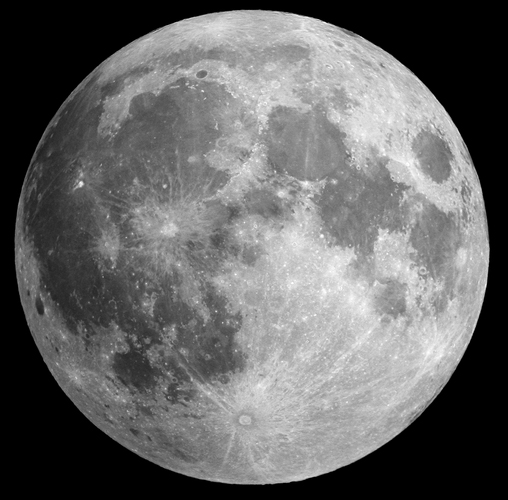
The moon is our closest neighbor in space and the only celestial body humans have set foot on, yet we are still learning about it. Earth’s moon might actually be 40 million years older than scientists previously believed.
Based on samples recovered from the moon’s surface, we know that it formed more than four billion years ago when a giant object the size of Mars crashed into a very young Earth.
The largest piece of the planet that broke off during that collision became our moon, and has been intertwined with the solar system ever since.
“Life on Earth has evolved with the moon, and the moon has an influence on life on Earth,” study co-author and cosmochemist Philipp Heck tells PopSci. He says that studying the moon also helps us understand our own planet because of the topographical differences.
“The moon’s surface is essentially an archive of solar system dynamics. This is a record that we don’t have on Earth, but our planet’s evolution is tied to these impacts that happened in the early solar system.”
In the study, the team looked at moon dust brought back by the Apollo 17 crew. His samples contain very small crystals that were created billions of years ago and can help indicate when the moon was formed.
The energy created by the impact from the object that struck Earth and created the moon melted the rock that eventually became the lunar surface.
Zirconium, a silver metal found on both the Earth and the moon, could not form and survive on the molten lunar surface: Any zircon crystals that are currently present on the moon must have formed after the magma ocean cooled.
Determining the age of these structures can thus reveal the minimum possible age for the moon, assuming that they emerged right after the impact.
Researchers have previously suggested that the moon is older than estimated, but this new study is the first to use an analytical method called atom probe tomography to pinpoint the age from the oldest known lunar crystal retrieved by humans.
The team working with the Apollo 17 sample found that the proportion of lead isotopes indicated that the crystals were about 4.46 billion years old, so the moon must at least be that old too.
While this puts the moon’s age back 40 million years, that’s still a very short time compared to the universe’s roughly 13.7 billion-year history.
“It’s amazing being able to have proof that the rock you’re holding is the oldest bit of the moon we’ve found so far. It’s an anchor point for so many questions about the Earth. When you know how old something is, you can better understand what has happened to it in its history,” Greer said.
In future studies, clues pulled from these decades-old samples could be pooled with those from samples taken by upcoming Artemis lunar missions.
The Apollo 17 mission collected samples from the Taurus-Littrow valley on the eastern edge of Mare Serenitatis, so crystals from a different region of the moon could yield unimaginable discoveries.
